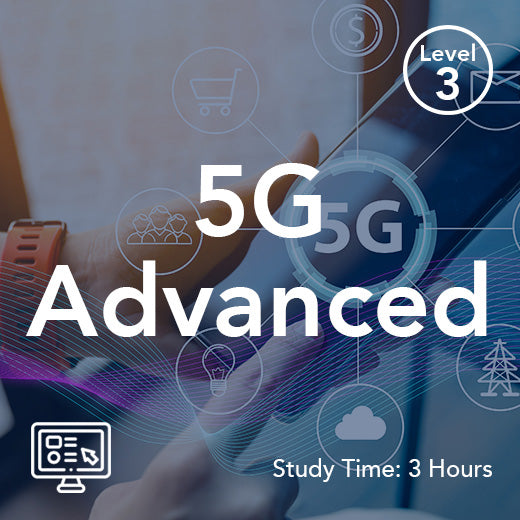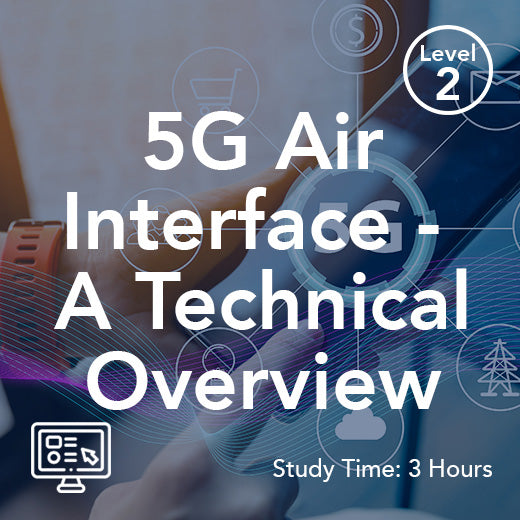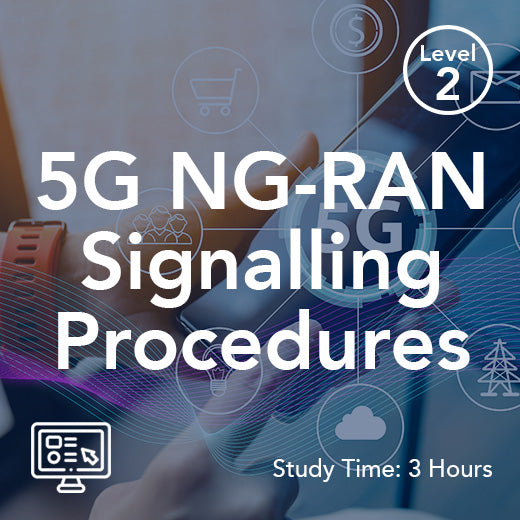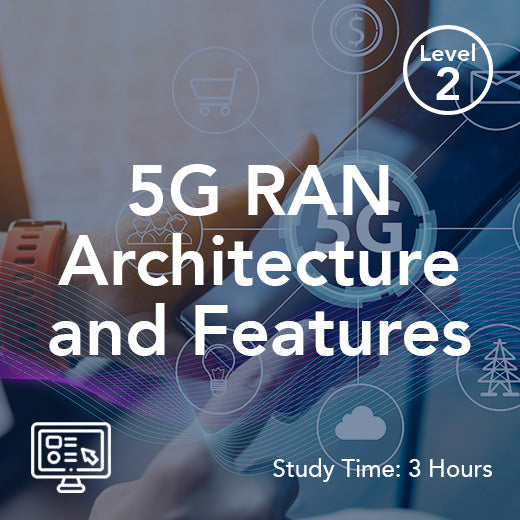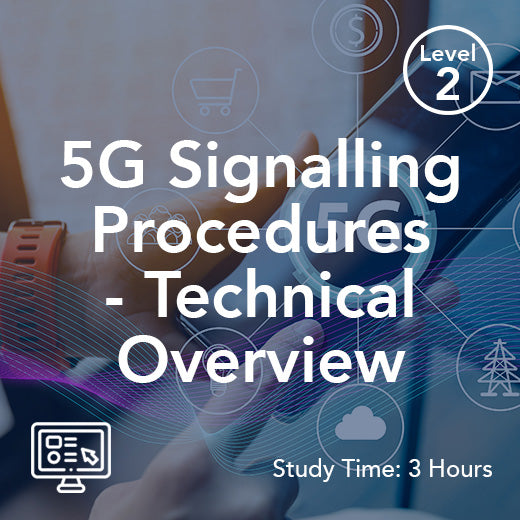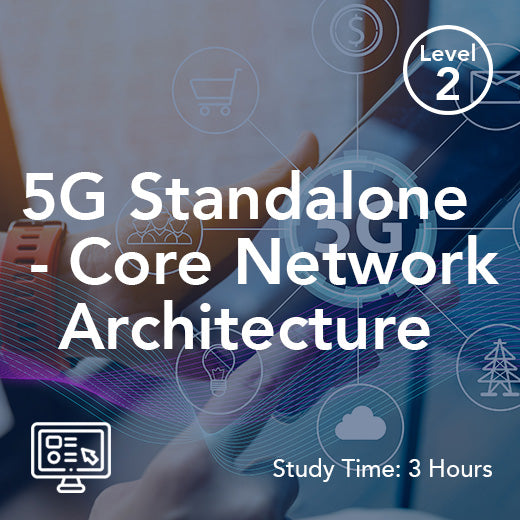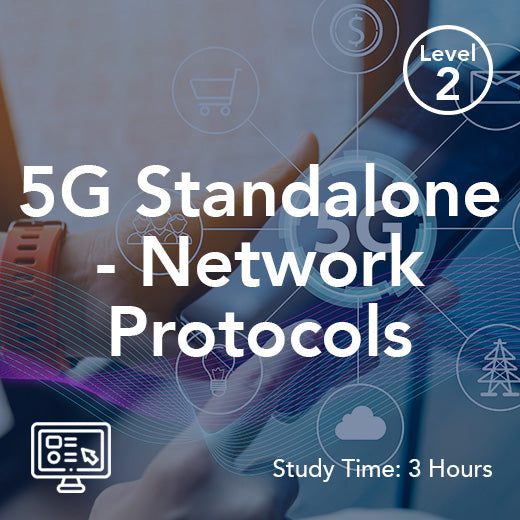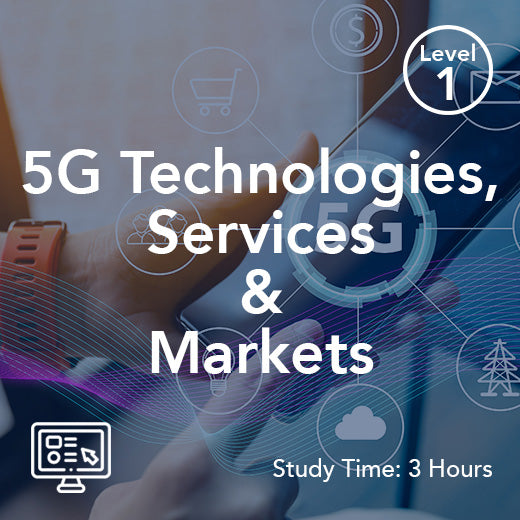Understanding VoNR: The Future of Mobile Communication Explained
- , by Stephanie Burrell
- 13 min reading time
In the ever-evolving world of mobile communication, Voice Over New Radio (VoNR) is emerging as a game-changer, promising to redefine how we stay connected. As the latest advancement in voice technology, VoNR operates over the 5G network, offering improved call quality and reduced latency.
Vonr calls are becoming the new standard for voice communication over 5G, enabling higher-quality voice services and marking a significant step forward in global network upgrades.
This innovation holds the potential to enhance our daily phone interactions, making them smoother and more reliable than ever before. In this discussion, we will delve into the fundamentals of VoNR, exploring its benefits and what it means for the future of communication. Join us as we unravel the next big leap in mobile telephony that is set to transform our digital lives.
Introduction to VoNR
What is Voice Over New Radio?
Voice Over New Radio, commonly referred to as VoNR, is the latest advancement in mobile voice communication technology. It is specifically designed to operate over the 5G network, which is renowned for its high-speed data transmission capabilities and low latency. Unlike its predecessor, Voice over LTE (VoLTE), which works over the 4G network, VoNR takes full advantage of 5G’s architecture, ensuring superior call, superior voice quality, and faster connection times. VoNR operates over packet switched networks, which enable the efficient delivery of voice and multimedia services by transmitting data in packets rather than traditional circuit-switched methods. As a result, users experience clearer voice calls, making communication more effective and enjoyable. Additionally, VoNR supports seamless integration with other 5G services, such as augmented reality and IoT applications. This makes it a cornerstone of future technological ecosystems. By leveraging the capabilities of 5G, VoNR promises to set a new standard in mobile communication, paving the way for more robust and reliable voice services in the digital age.
Evolution from VoLTE to VoNR
The transition from Voice over LTE (VoLTE) to 5g Voice- Over New Radio (VoNR) marks a significant stride in mobile communication. VoLTE, which operates over the 4G network, was a major improvement over traditional voice services, offering better call quality and quicker connection times. However, VoNR takes these advancements to new heights by utilising the 5G network’s capabilities. With 5G, VoNR can deliver ultra-low latency and higher data throughput, resulting in even clearer voice calls and fewer dropped connections.
During the transition to full 5G coverage, EPS fallback is used as a mechanism that allows devices to revert to 4G LTE for voice calls when 5G NR coverage is limited, ensuring seamless voice continuity before VoNR becomes widely available.
This evolution is not just about better call quality; it also enables enhanced integration with emerging technologies. For instance, VoNR supports real-time applications like virtual reality and advanced IoT devices, offering a more immersive and interconnected experience. As mobile networks continue to evolve, VoNR represents a foundational technology that will drive future innovations in communication, ensuring users have access to more efficient and reliable voice services.
Technical Aspects of VoNR
Underlying Technology Explained
Voice Over New Radio (VoNR) relies on the sophisticated framework of the 5G network to deliver its enhanced communication capabilities. At its core, VoNR utilises the New Radio (NR) interface, which is a key component of 5G technology. This interface supports a wide spectrum of frequencies, enabling it to handle the increased data demands of modern voice services. Unlike older systems, VoNR operates independently of legacy networks, such as 4G LTE, allowing for a more streamlined and efficient process. It employs advanced codecs that compress and decompress voice data without sacrificing the sound quality itself, ensuring crystal-clear audio. Furthermore, the technology benefits from 5G’s network slicing capability, which allows for the prioritisation of voice traffic, reducing interruptions and improving reliability. This technical foundation not only supports superior voice communication but also facilitates the integration with other 5G-enabled services, creating a robust platform for future innovation.
In the IMS network, the P-CSCF acts as the first point of contact between the user device and the network, handling session initiation and security.
Network Architecture of VoNR
The network architecture of VoNR (Voice over New Radio) is purpose-built to deliver high-quality voice services and multimedia services over advanced 5G networks. At the heart of this architecture is the IP Multimedia Subsystem (IMS), which acts as the central hub for enabling voice calls, video calls, and a range of enhanced voice services. The architecture is composed of several key elements: the User Equipment (UE), such as smartphones or IoT devices; the Next-Generation Node B (gNB), which serves as the 5G radio base station; and the 5G Core Network, which orchestrates the flow of voice traffic and data. The gNB provides robust radio access, ensuring that users can connect seamlessly to the network, while the 5G Core Network manages the routing and prioritization of calls and services. By leveraging the IMS, VoNR supports not only high quality voice but also mission critical services and seamless communication across different devices and networks. This modern network architecture is what enables VoNR to deliver superior voice over new radio experiences, supporting everything from everyday voice calls to advanced video calls and real-time multimedia services.
Core Network Components in VoNR
The core network components in VoNR are essential for delivering the superior voice quality and reliability that users expect from next-generation mobile networks. Central to this is the 5G Core Network, which is made up of several specialized functions. The Access and Mobility Management Function (AMF) is responsible for registering users and managing their mobility as they move between different network areas. The Session Management Function (SMF) oversees the setup and management of communication sessions, ensuring that voice calls and other services are efficiently handled. The User Plane Function (UPF) provides the actual data path for user traffic, enabling high quality voice and fast data transmission. Working alongside these is the IMS Core, which includes the Proxy Call Session Control Function (P-CSCF), Serving Call Session Control Function (S-CSCF), and Interrogating Call Session Control Function (I-CSCF). These components coordinate the setup, management, and teardown of voice calls, ensuring faster call setup times, lower latency, and consistent voice quality. Together, these core network elements form the backbone of VoNR, enabling high quality voice services and seamless communication for users on 5G networks.
IMS Core and Its Role in VoNR
The IMS Core is a foundational element in the VoNR architecture, playing a pivotal role in delivering high quality voice services and multimedia services over 5G networks. As the central platform for managing voice calls, video calls, and mission critical services, the IMS Core ensures seamless communication between users, regardless of their device or network. It is composed of several key components, including the P-CSCF, S-CSCF, and I-CSCF, which work in concert to manage voice traffic, authenticate users, and route calls efficiently. The IMS Core also incorporates advanced security measures, such as Transport Layer Security (TLS) and Secure Real-Time Transport Protocol (SRTP), to protect the integrity and privacy of voice communications. This robust framework not only supports high quality voice and enhanced voice services, but also enables seamless integration with other networks and devices, making it possible to deliver reliable communication services for both everyday users and mission critical applications. By anchoring VoNR on the IMS Core, mobile networks can offer a new level of service quality, flexibility, and security for voice and multimedia communication in the 5G era.
Benefits of Using VoNR
Voice Over New Radio (VoNR) offers several advantages that enhance the mobile communication experience. VoNR supports HD voice, delivering higher audio clarity and a more natural conversation experience. One of the most significant benefits is the improvement in call quality. By operating over the 5G network, VoNR ensures sharper and more consistent audio, making conversations clearer and more enjoyable. Additionally, the low latency of 5G technology means that calls connect faster and with fewer delays, reducing the frustration of dropped or lagging calls. VoNR also supports seamless multitasking, allowing users to maintain high-quality voice calls while simultaneously using data-intensive applications such as video streaming or gaming. Furthermore, the technology’s compatibility with 5G’s advanced features, like network slicing, ensures that voice traffic receives priority, enhancing reliability and reducing congestion. This makes VoNR an ideal choice for both personal and professional communication, providing a robust platform that can support a wide range of applications in the ever-connected digital world.
VoNR vs Traditional Communication
Comparing VoNR and VoLTE
Voice Over New Radio (VoNR) and Voice over LTE (VoLTE) are both advancements in mobile voice communication, yet they differ significantly in their operation and the benefits they offer. VoLTE, which functions over the 4G LTE network, was a groundbreaking improvement over traditional 3G voice services, providing better audio quality and faster call setup times. However, VoNR surpasses these achievements by leveraging the 5G network’s capabilities. With VoNR, users experience even greater audio clarity and reduced latency, thanks to 5G’s high-speed data transfer and low-latency features. Additionally, VoNR supports more complex applications, such as augmented reality and real-time data sharing, which were not feasible with VoLTE. Both VoLTE and VoNR support SMS services through the IMS network, enabling seamless messaging functionalities and interoperability across 4G and 5G networks. Another critical distinction is the 5g core network’s capacity to handle more simultaneous connections without compromising quality, making VoNR a more scalable solution for the future. Thus, while both technologies aim to enhance voice communication, VoNR offers a more robust and forward-looking platform.
Advantages Over 4G Networks
Voice Over New Radio (VoNR) offers numerous advantages over traditional 4G networks, primarily due to its foundation on the advanced 5G infrastructure. One of the most notable benefits is the substantial improvement in call quality and reliability. These improvements directly benefit end users by providing more reliable and higher-quality voice services. VoNR takes full advantage of 5G’s enhanced bandwidth and lower latency, delivering clearer and more stable voice calls compared to the 4G network. This ensures a more seamless communication experience, even during high network demand. Moreover, the increased capacity of 5G allows VoNR to support a higher number of simultaneous connections without degrading performance, making it ideal for densely populated areas or large events. Additionally, VoNR can integrate with other 5G-enabled technologies, such as IoT and AI applications, providing users with a more interconnected experience. In essence, VoNR’s utilisation of 5G’s capabilities not only improves upon the limitations of 4G but also opens up new possibilities for future communication innovations.
Practical Applications of VoNR
Impact on Everyday Mobile Use
Voice Over New Radio (VoNR) has a transformative impact on everyday mobile use by enhancing the quality and efficiency of voice communications. For users, this translates to clearer and more reliable voice calls, even in areas with high data traffic. The low latency of 5G networks ensures that calls connect almost instantaneously, reducing waiting times and improving user satisfaction with voice quality.
VoNR also ensures seamless access to emergency services, providing reliable communication when it is needed most.
This reliability is particularly beneficial for professionals who rely on mobile communication for business and remote work, as it supports seamless conference calls and virtual meetings. Moreover, VoNR’s ability to integrate with other 5G services means users can multitask more effectively, such as maintaining a voice call while accessing real-time data or using augmented reality applications. This integration facilitates a more connected lifestyle, allowing users to manage a variety of tasks simultaneously without compromising on call quality. Ultimately, VoNR enhances the mobile experience by providing a more robust and versatile communication platform.
Future Prospects for Communication
The future prospects for communication with Voice Over New Radio (VoNR) are promising, as it sets the stage for more advanced and integrated technologies. As 5G networks continue to expand globally, VoNR will become more prevalent, offering enhanced voice services mobile devices that support emerging technologies. This evolution is expected to facilitate the development of smart cities, where seamless communication is essential for managing infrastructure, transportation, and services efficiently. Furthermore, VoNR's capability to integrate with Internet of Things (IoT) devices could revolutionise industries by enabling smarter, real-time communication between machines and humans. In the realm of consumer technology, VoNR will likely support more immersive experiences, with applications in virtual and augmented reality becoming more mainstream. This could transform how we interact with digital content, from gaming to remote work and education. As VoNR continues to develop, it will play a critical role in shaping a more connected and technologically advanced future, influencing both personal and professional communication landscapes.
Implementing VoNR Globally
Challenges in Global Rollout
The global rollout of Voice Over New Radio (VoNR) faces several challenges, primarily due to the varying stages of 5G network deployment across regions. One of the main hurdles is the uneven distribution of 5G infrastructure, with some areas having robust networks while others lag behind. This disparity can limit the widespread adoption of VoNR, as it relies heavily on 5G capabilities. Additionally, the high costs associated with upgrading existing network infrastructure to support 5G can be a barrier, particularly for developing countries where resources are limited. Regulatory issues and spectrum allocation also pose significant challenges, as countries need to align their policies to facilitate smooth deployment. Furthermore, consumer adoption may be slow, given the need for compatible devices and potential scepticism towards new technologies. Addressing these challenges requires coordinated efforts from governments, telecom operators, and technology providers to ensure that the benefits of VoNR can be realised globally, enabling more equitable access to advanced communication services.
Key Players in VoNR Deployment
In the deployment of Voice Over New Radio (VoNR), several key players are instrumental in driving progress and innovation. Major telecommunications companies, such as Ericsson, Nokia, and Huawei, are at the forefront of developing and supplying the necessary 5G infrastructure data services, and technology to enable VoNR services. These companies provide the hardware and software solutions that telecom operators need to integrate VoNR into their networks. Additionally, leading mobile network operators like Vodafone, Orange, and AT&T are actively involved in rolling out VoNR services to their customers, leveraging their extensive network coverage and customer base to promote adoption. Furthermore, smartphone manufacturers, including Samsung and Apple, play a crucial role by producing devices that are compatible with VoNR technology, ensuring users can take full advantage of enhanced voice services. Collaboration between these entities is vital for overcoming the technical and logistical challenges of VoNR deployment, ultimately ensuring the technology reaches consumers worldwide efficiently.

